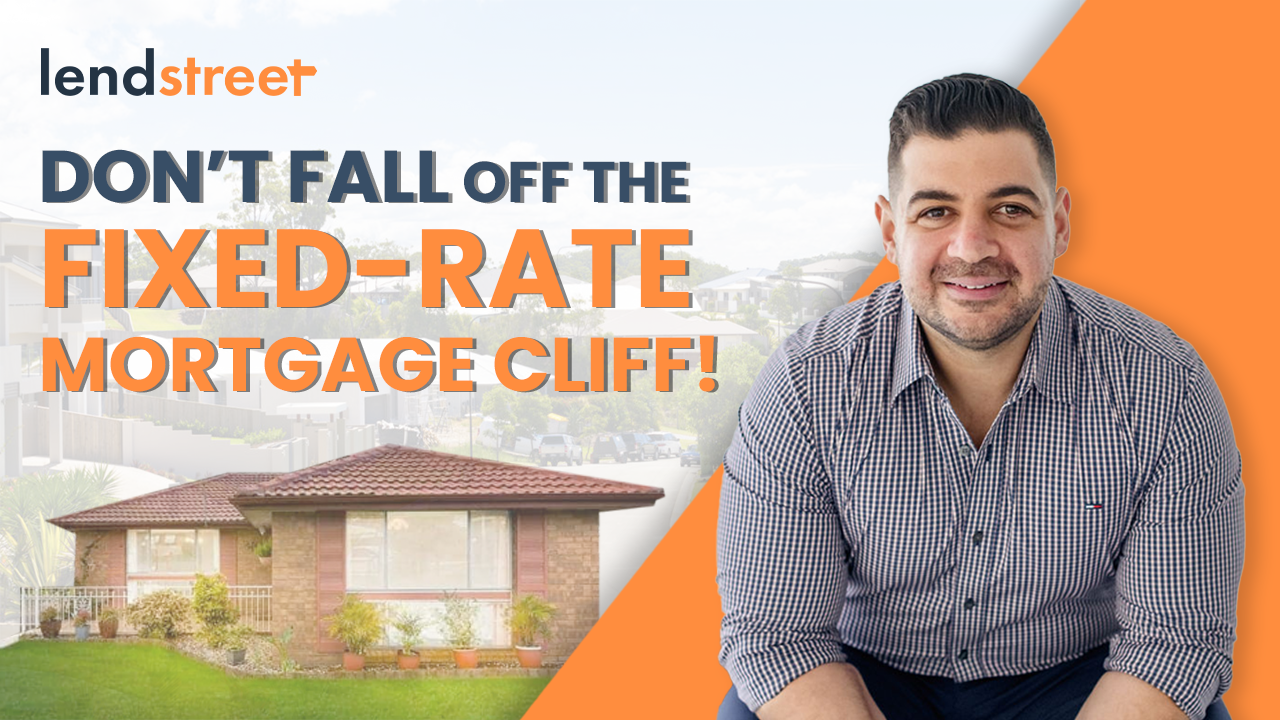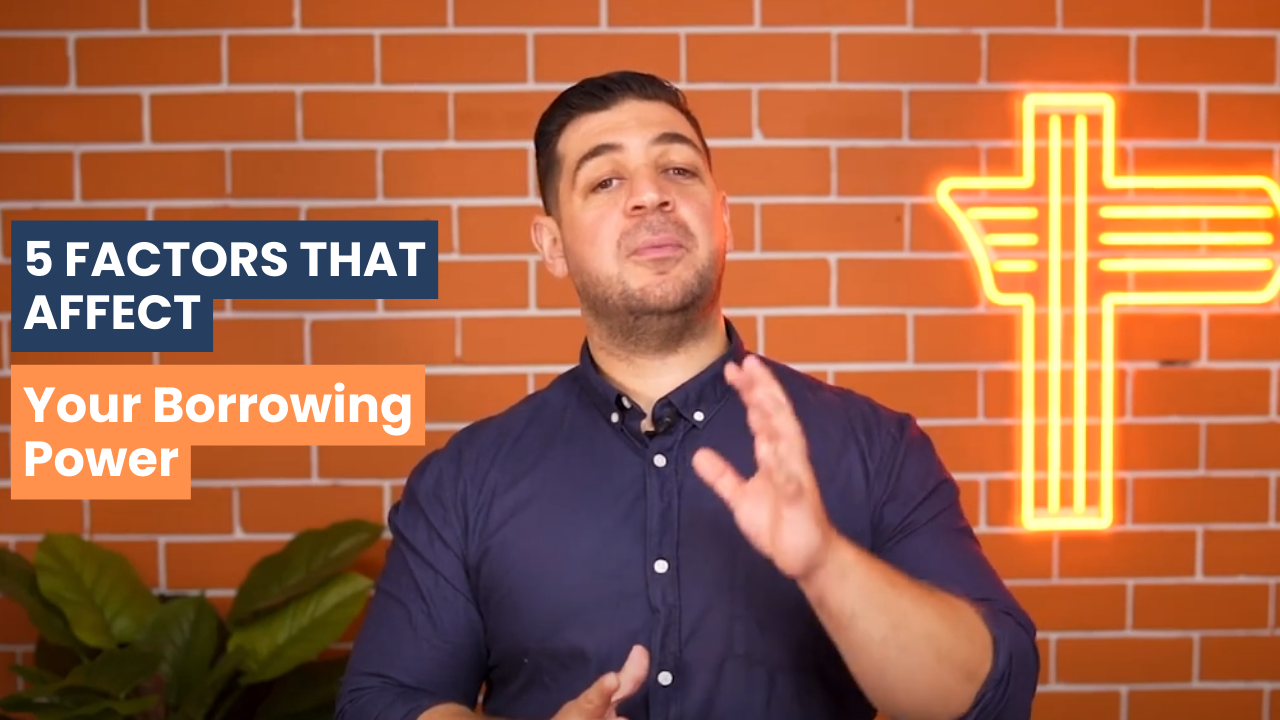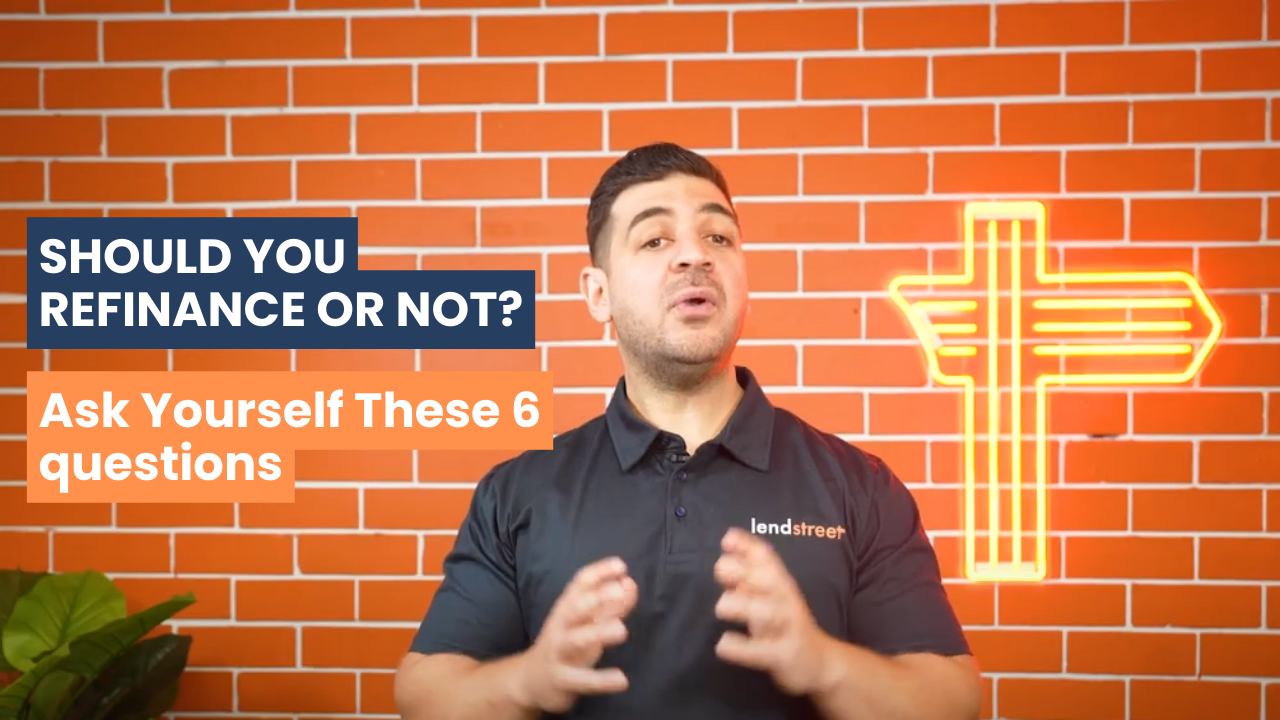Introduction
The mortgage cliff is a hot topic amongst home loan borrowers. It is further fueled by the sentiments of the public regarding the repeated cash rate hikes implemented by the RBA. It has become a cause for panic, especially for those who are coming out of their fixed-rate home loan period.
What is it really, and what do you do if you are facing a mortgage cliff? Find out more in this video.
Transcript
0:00
Don’t fall off the fixed rate mortgage cliff in Australia. Here’s what you need to know.
Meet the Smith Family: A Case Study
0:13
Meet the Smith family. Like many families in Australia, they bought their dream home a few years ago and took out a fixed-rate mortgage. It gave them the security of knowing exactly what their repayments would be for the next few years. But now that they’re nearing the end of their fixed-rate term, they’ve been doing some research into how the last few cash rate rises are going to impact their new mortgage repayments. And they stumbled across something that’s been pretty hyped up in the media lately – the fixed-rate cliff. They’re not quite sure what it means, but it
The Fixed-Rate Cliff or the Mortgage Cliff
0:41
sounds ominous, and they’re worried about how it might affect their finances. If you’re watching this video, you’re likely in the same boat as the Smith Family and many other households across the country. So what is the fixed-rate mortgage cliff and what can you do to prepare for it. At the height of the pandemic, interest rates fell to record lows as the RBA tried to boost the economy in anticipation of a once-in-a-generation recession. As part of its policy response, the RBA provided banks access to cheap three-year fixed-rate credit,
An Explosion of Fixed-Rate Borrowers/Refinancers
1:10
which they then passed on to borrowers in the form of ultra-cheap big straight home loans. These home loan rates led to an explosion of fixed-rate borrowing and refinancing, with many households locking into their rates for two to three years. According to Reuters, fixed-rate home loans account about 40% of new loans during COVID, which was up from 15% in 2019. Fast forward to 2023 and most of those fixed loans are set to switch to much higher variable rates.
According to the RBA, about 350 billion dollars in mortgages will expire this year resulting into what some people may call the mortgage cliff. The mortgage cliff essentially explains how borrowers are now going to be hit by a unusually high jump in repayments as they’ll be forced to absorb the 350 basis points increase in the cash rate over the past year. So how does the mortgage cliff translate into dollars? Well, that will depend on their fixed rate and whether they roll off onto a competitive variable rate. But regardless of the specific percentages, you’re probably looking at a 3%-4% increase in your home loan rate.
So, if we look at the Smith family who I’ve introduced at the beginning of this video, they originally locked in a $750,000 mortgage at 2.48%. Now that the fixed term has ended their mortgage will be refinanced at 5.58%, pushing their repayments up by an additional $1,215 per month or around $285 a week. The thing to remember here is that you’re at the peak of the cliff so it’s definitely going to feel like it’s hitting you hard, but you’re not going to stay at the peak forever. Eventually, once inflation is stabilised, the RBA will start reducing the cash rate again and with a variable rate, your repayments should reduce too. You just have to be prepared to whether whatever storm comes your way while you’re at the top of the peak and there are a few ways that you
Tips
2:56
can do this. For starters, you could consider taking out a new fixed term loan but not every lender will allow you to refix your loan or allow you to do so multiple times. So you may need to switch lenders to stay on a fixed grade and of course be prepared for higher fixed rate options at this time around. You could also consider contacting your bank and asking them to switch you to a lower rate because they may be willing to make concessions to keep you as a customer. And the benefit of this is that you could save yourself the hassle of moving your mortgage elsewhere.
And if you haven’t already you need to consider making lifestyle adjustments to offset the increased costs for example, you could try cutting down on luxury expenses, reducing the frequency of eating out, or cutting down on unnecessary subscriptions. My fourth piece of advice would be to consider an offset account. An offset account is a savings account that is linked to your mortgage. The balance in the offset account is deducted from the balance owing on your mortgage which reduces the interest you pay. This can be a useful way to reduce your repayments.
And then lastly, if you don’t know where to start, give your mortgage broker a call they’ll help you make an informed decision about the next steps you should consider taking. I hope you found this video helpful in understanding what to do when your fixed loan rate expires and your approach to the mortgage clip. Remember, it’s essential to take action and consider your options to avoid getting caught off guard by rising mortgage repayments.
If you have any questions or comments, please feel free to leave them below and if you like this video, don’t forget to give it a thumbs up and subscribe to our channel for more informative content like this. Thanks for tuning in and we’ll see you in the next video.
Other related videos
Introduction They’re at it again. The RBA has raised the cash rate by 25 basis points to 4.35%. The ...
Watch on YouTube Transcript 0:00 There are several important factors that may be taken into account ...
Watch on YouTube Transcript 0:00 When is home loan refinancing the right thing to do? The ...








